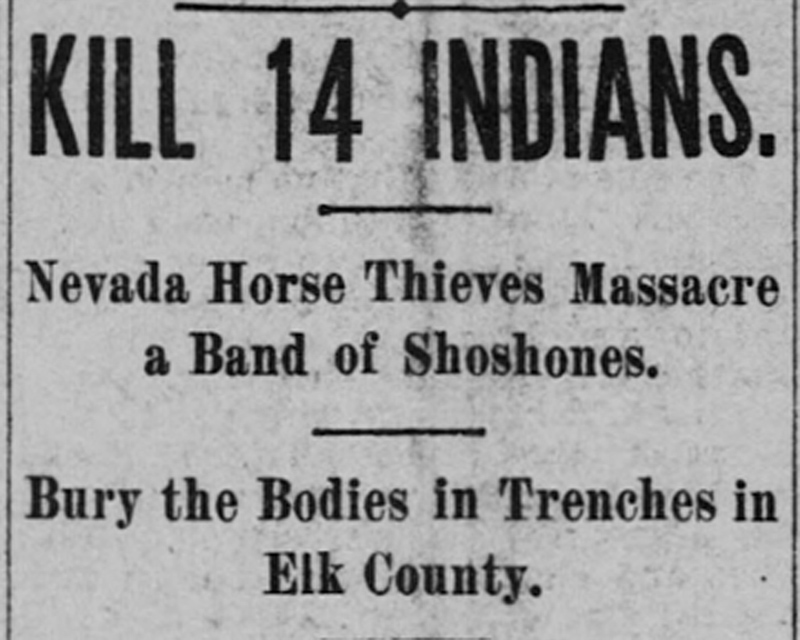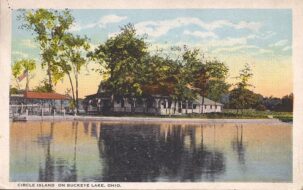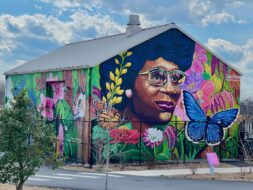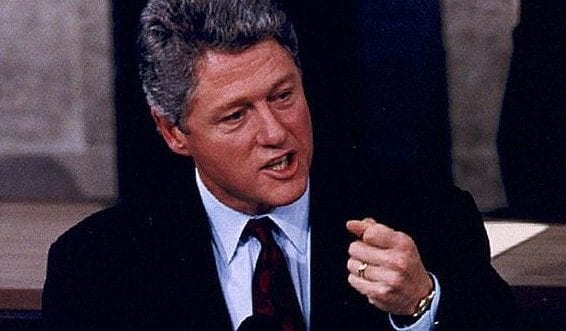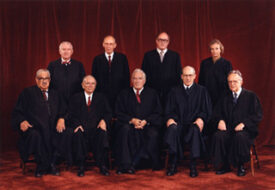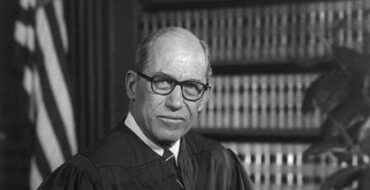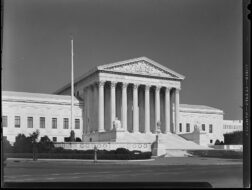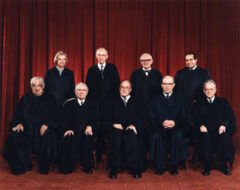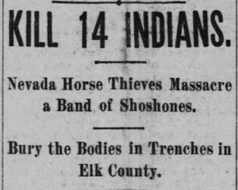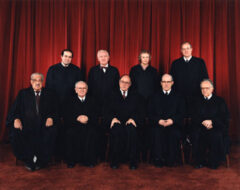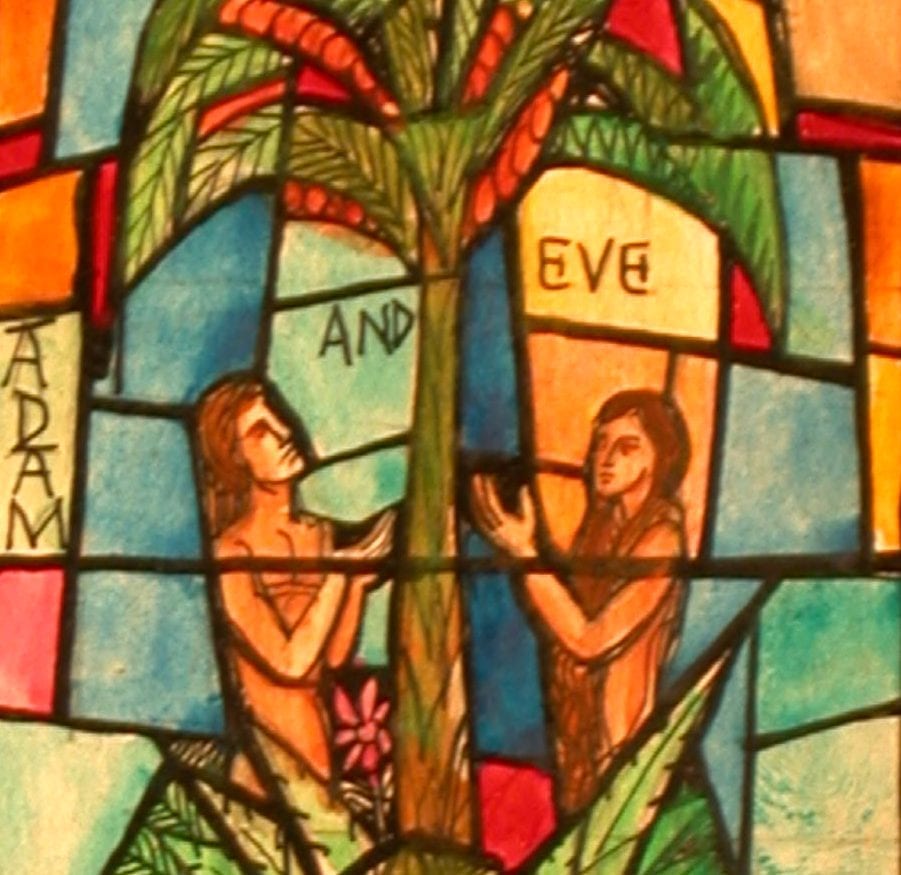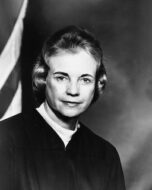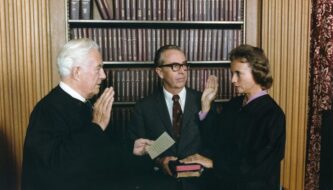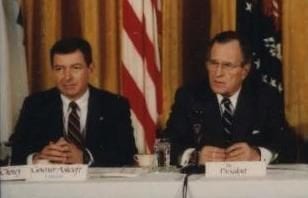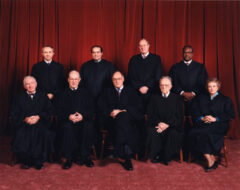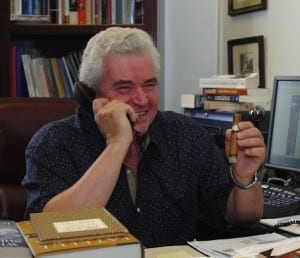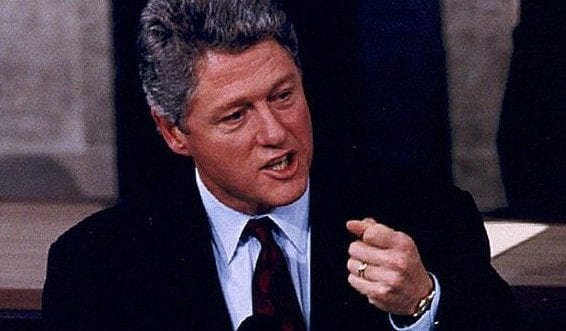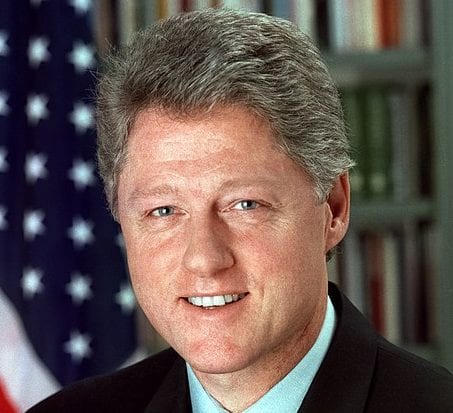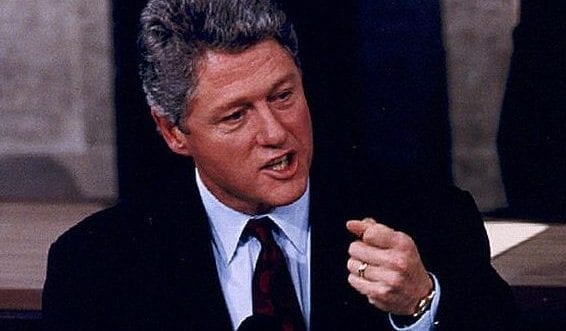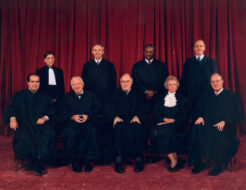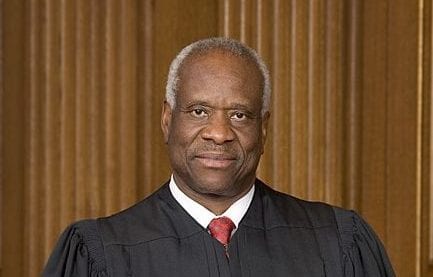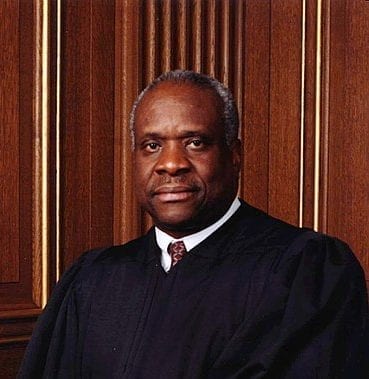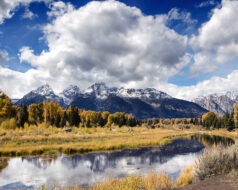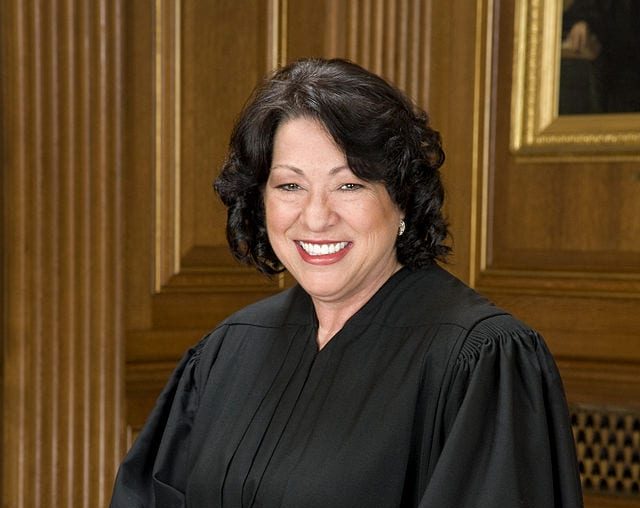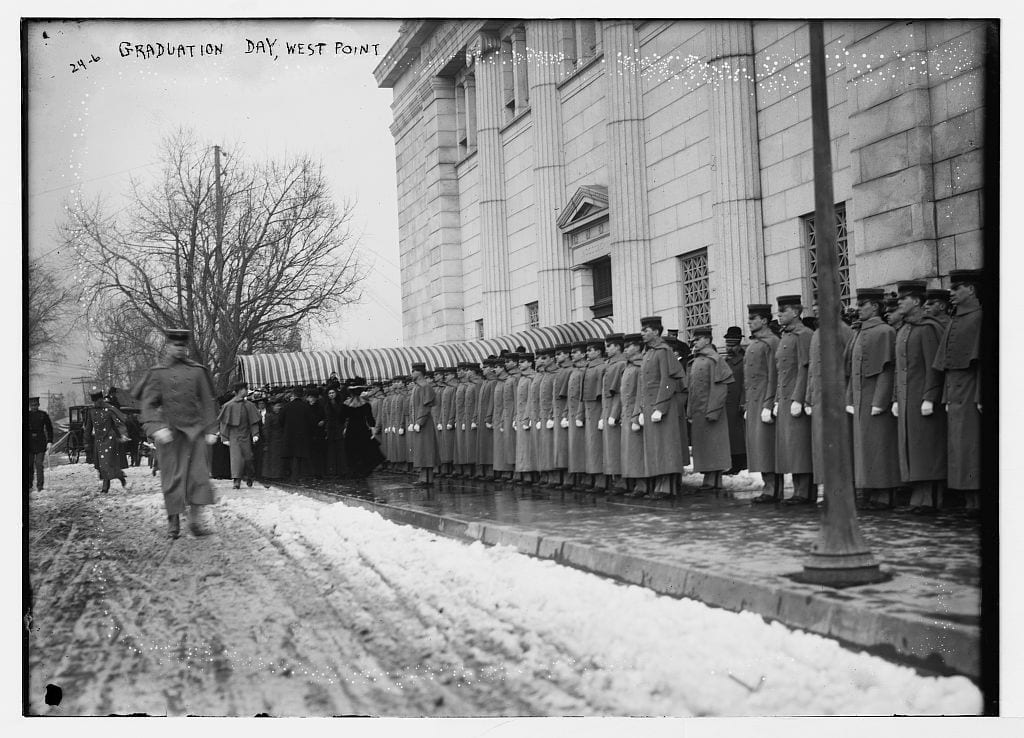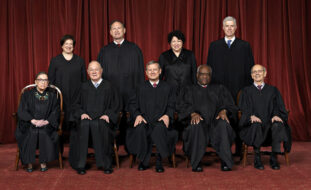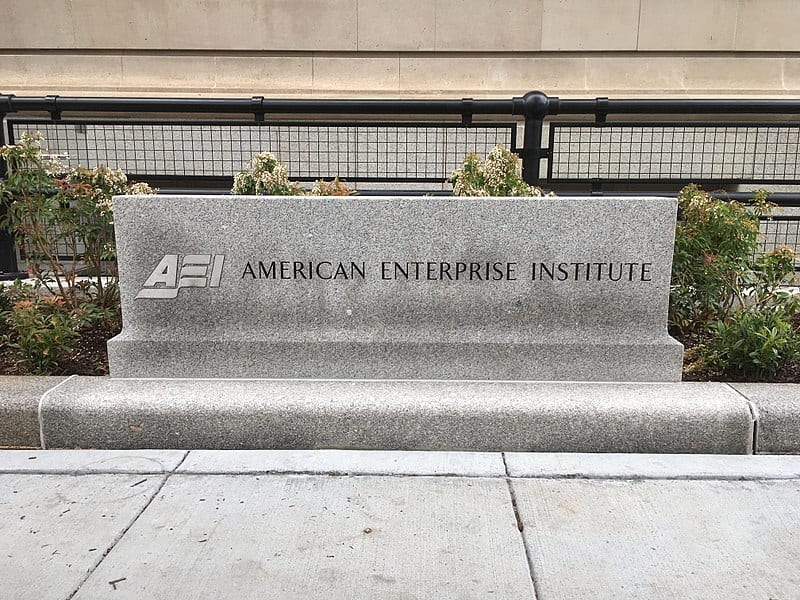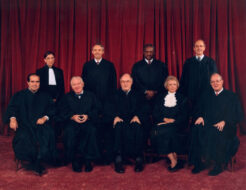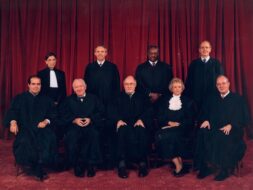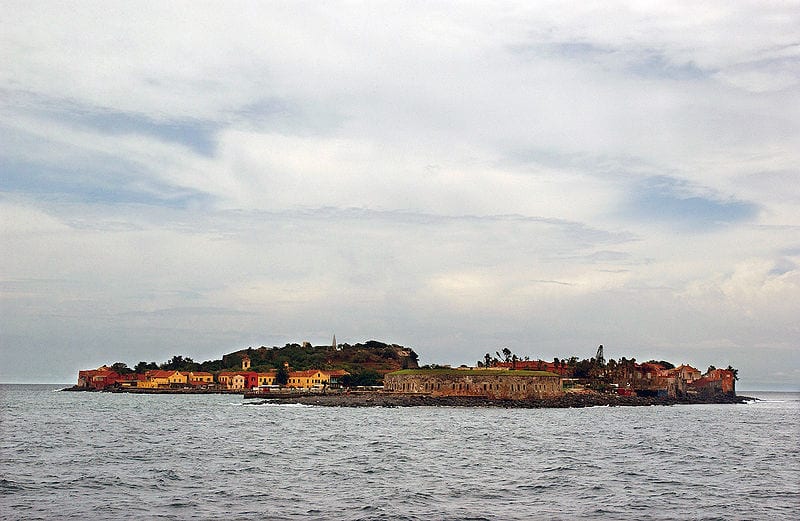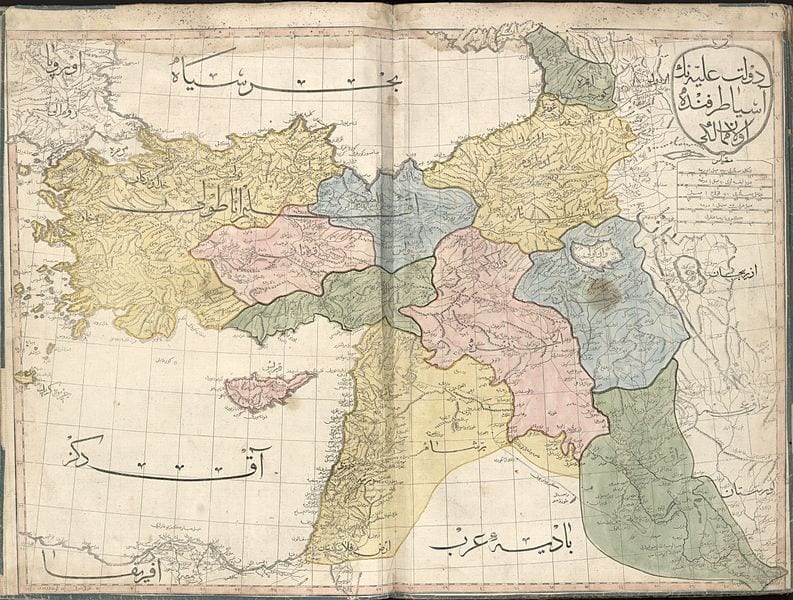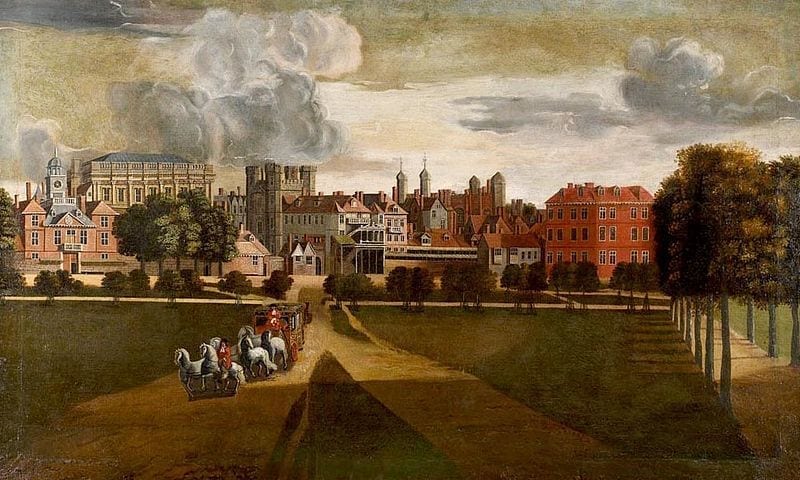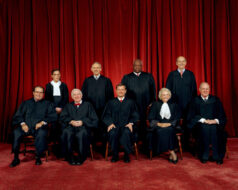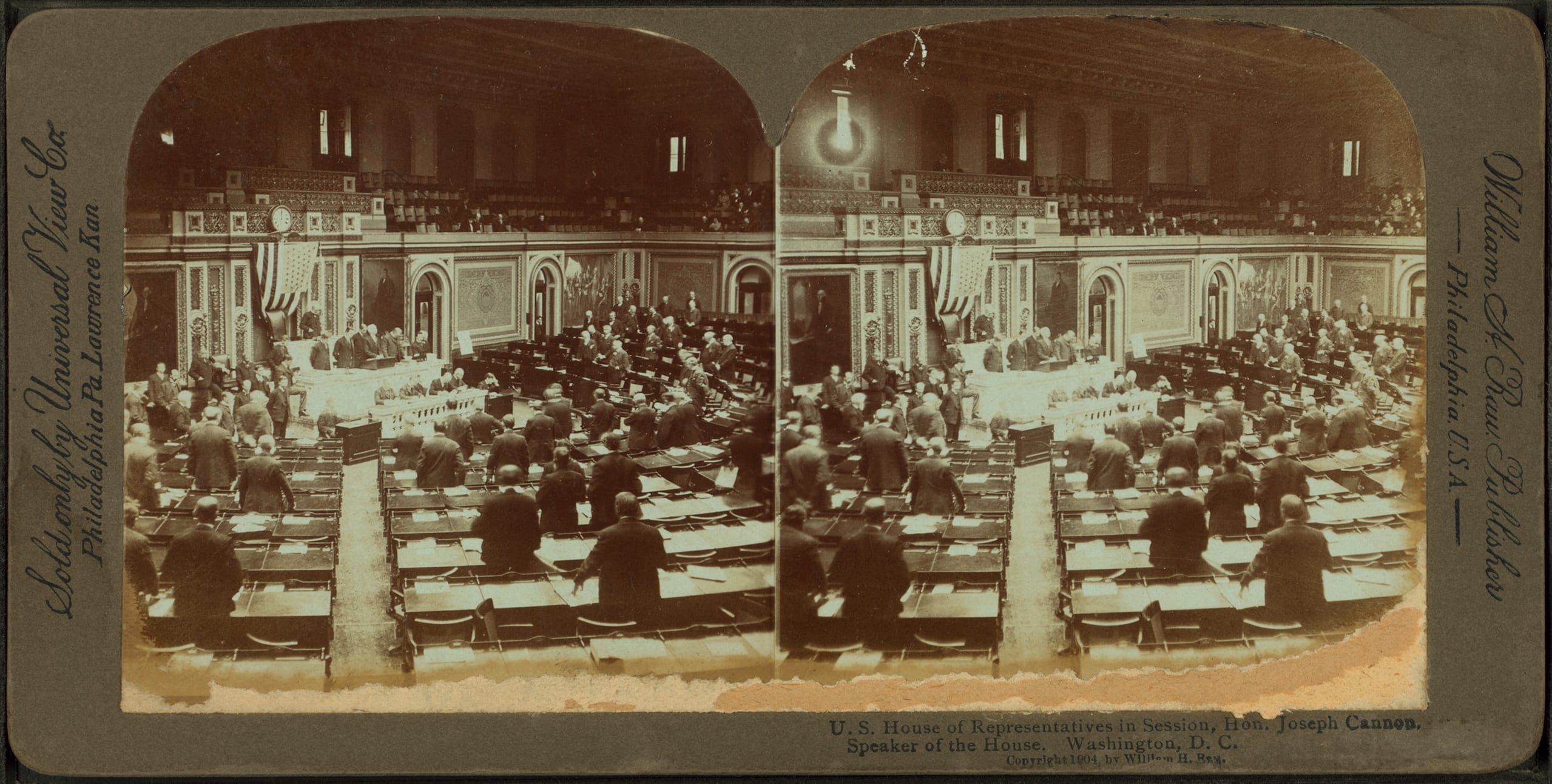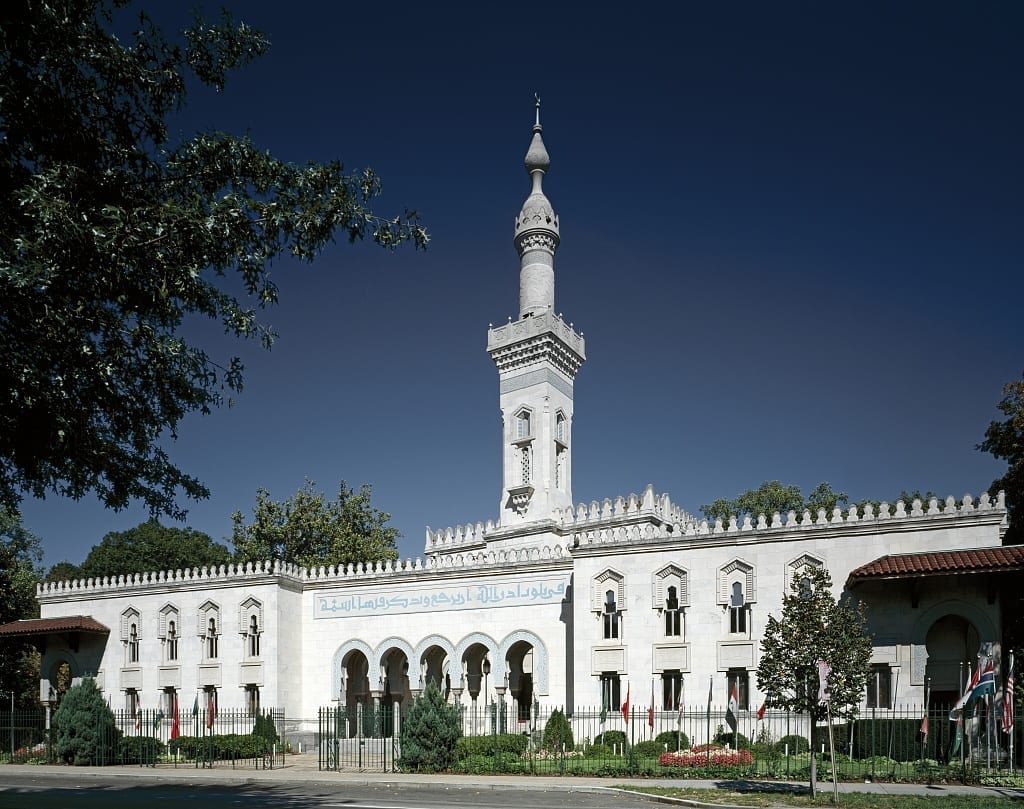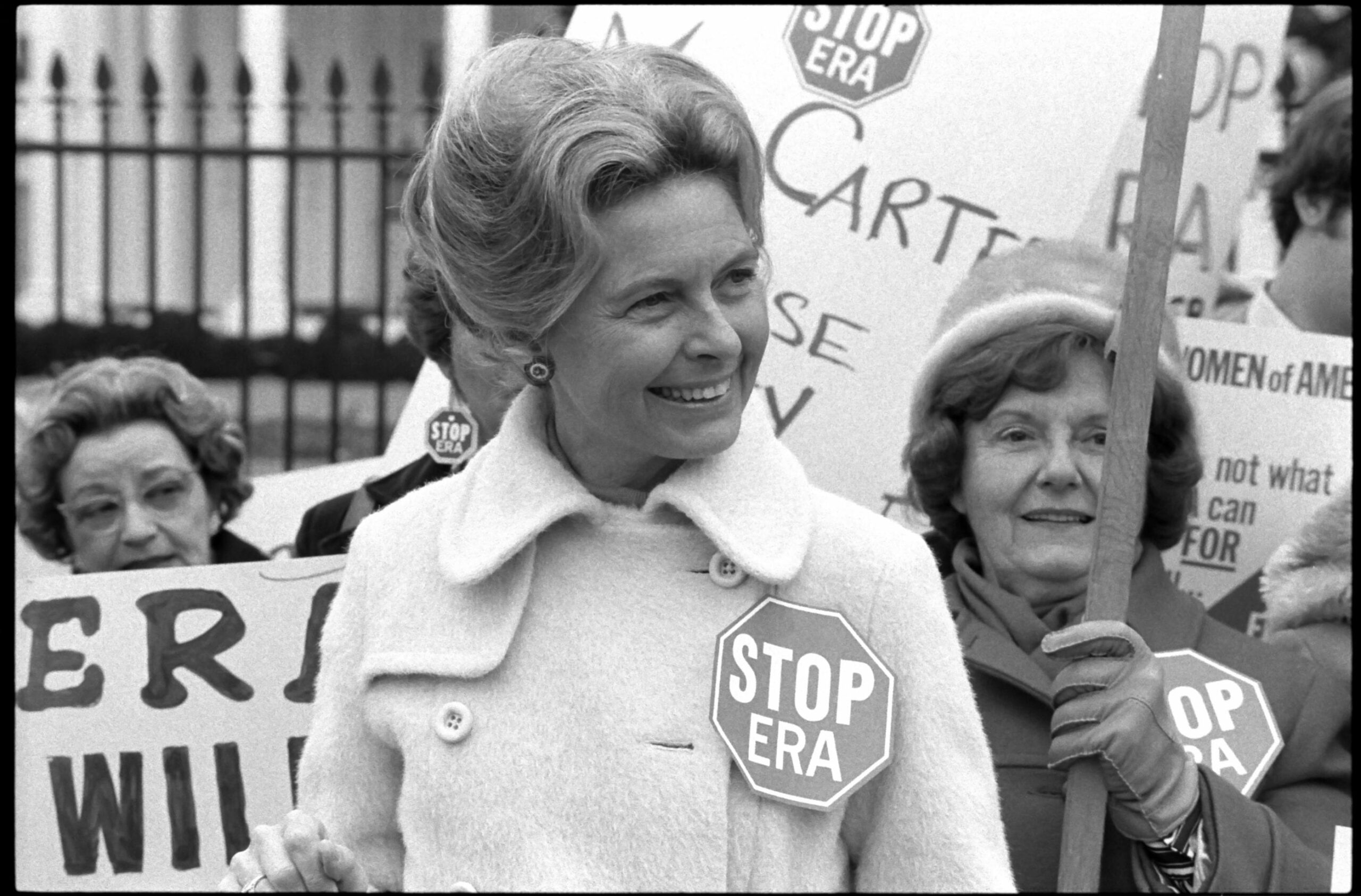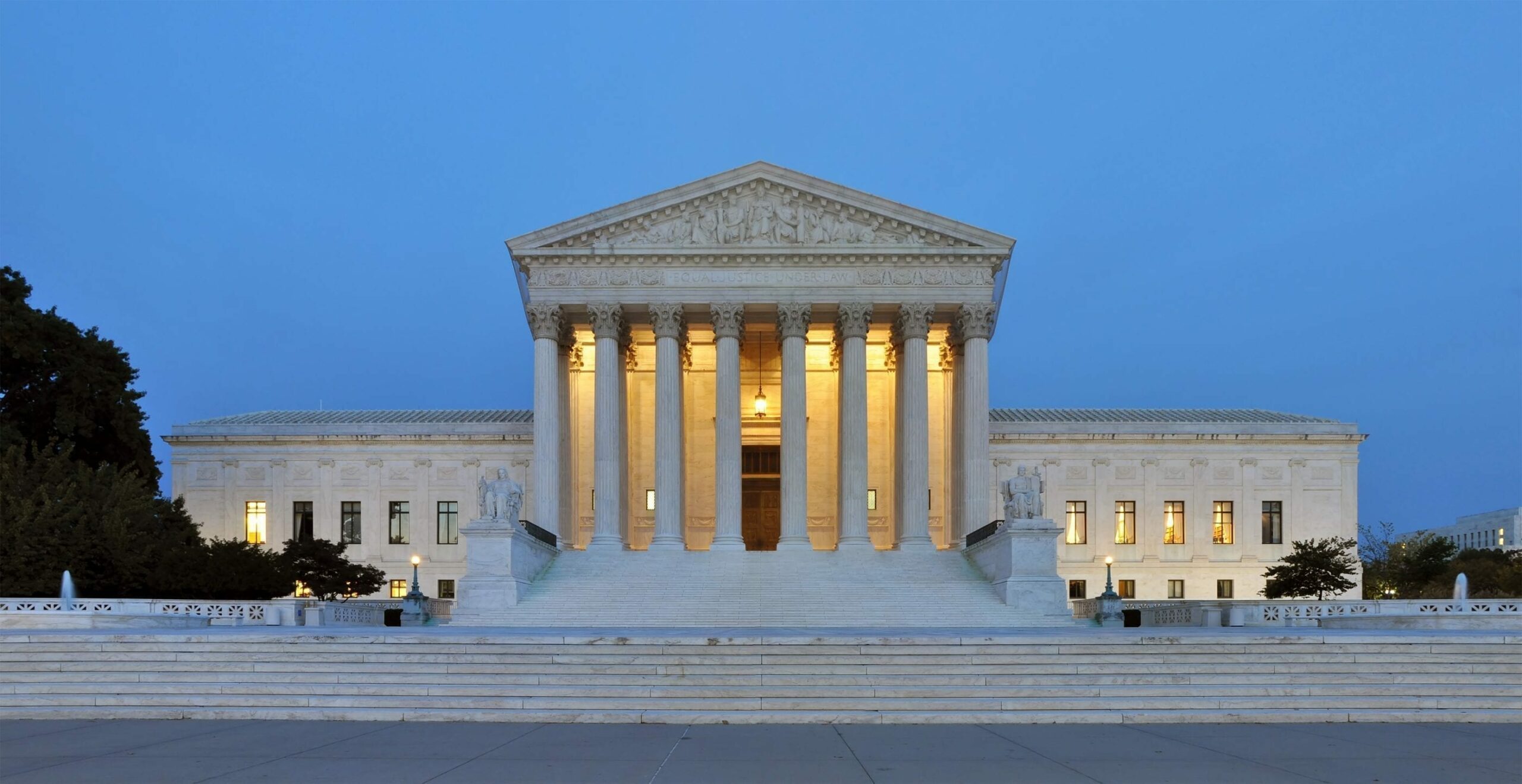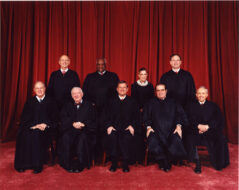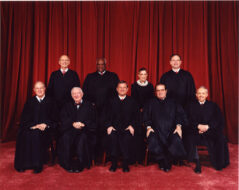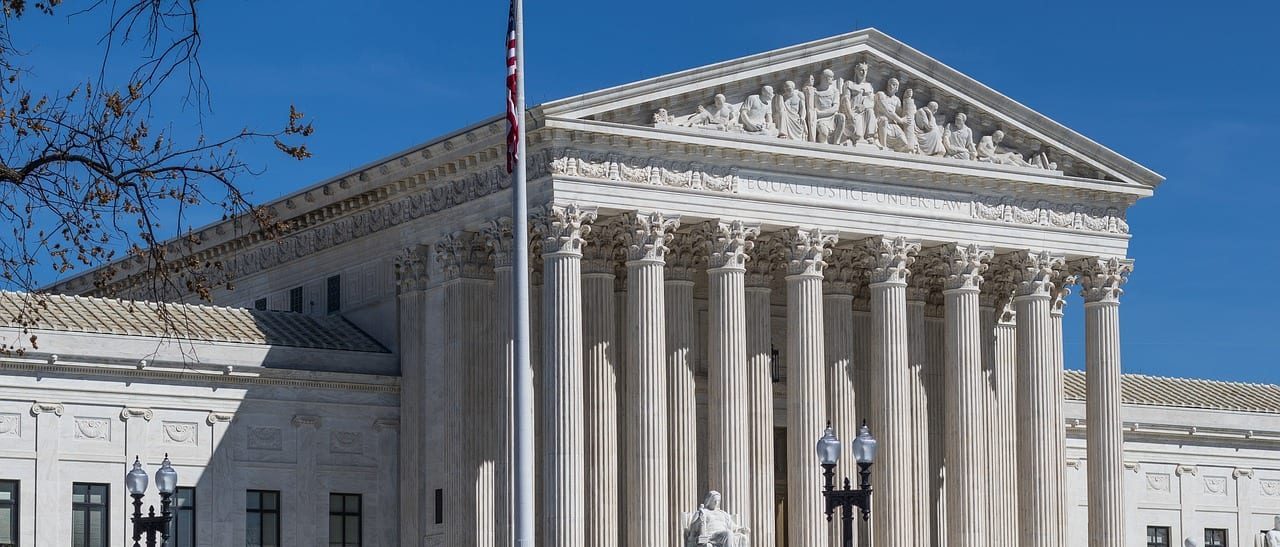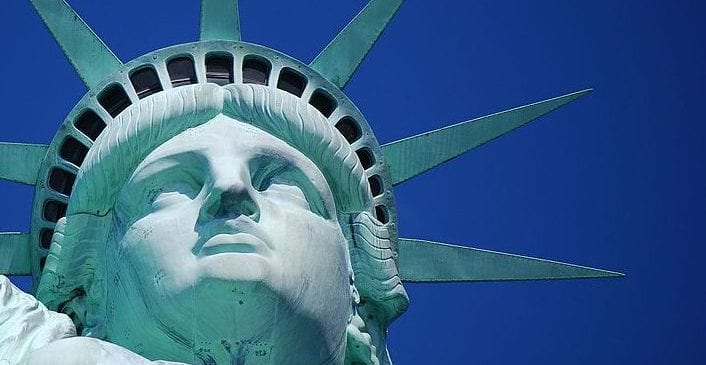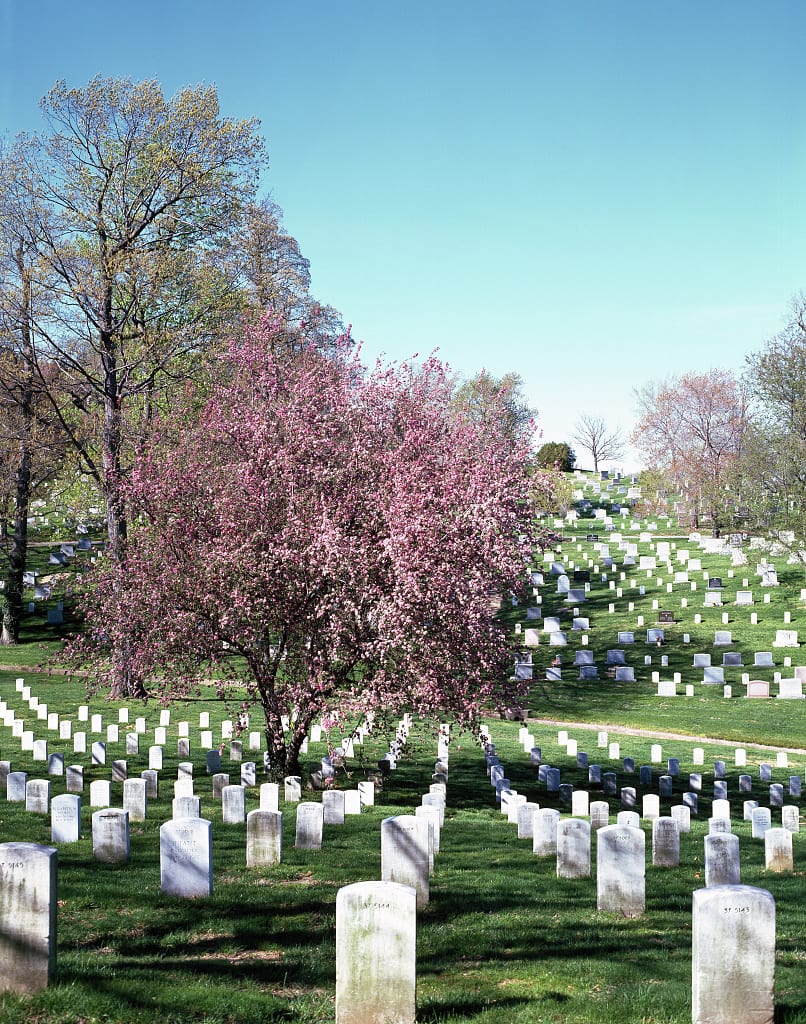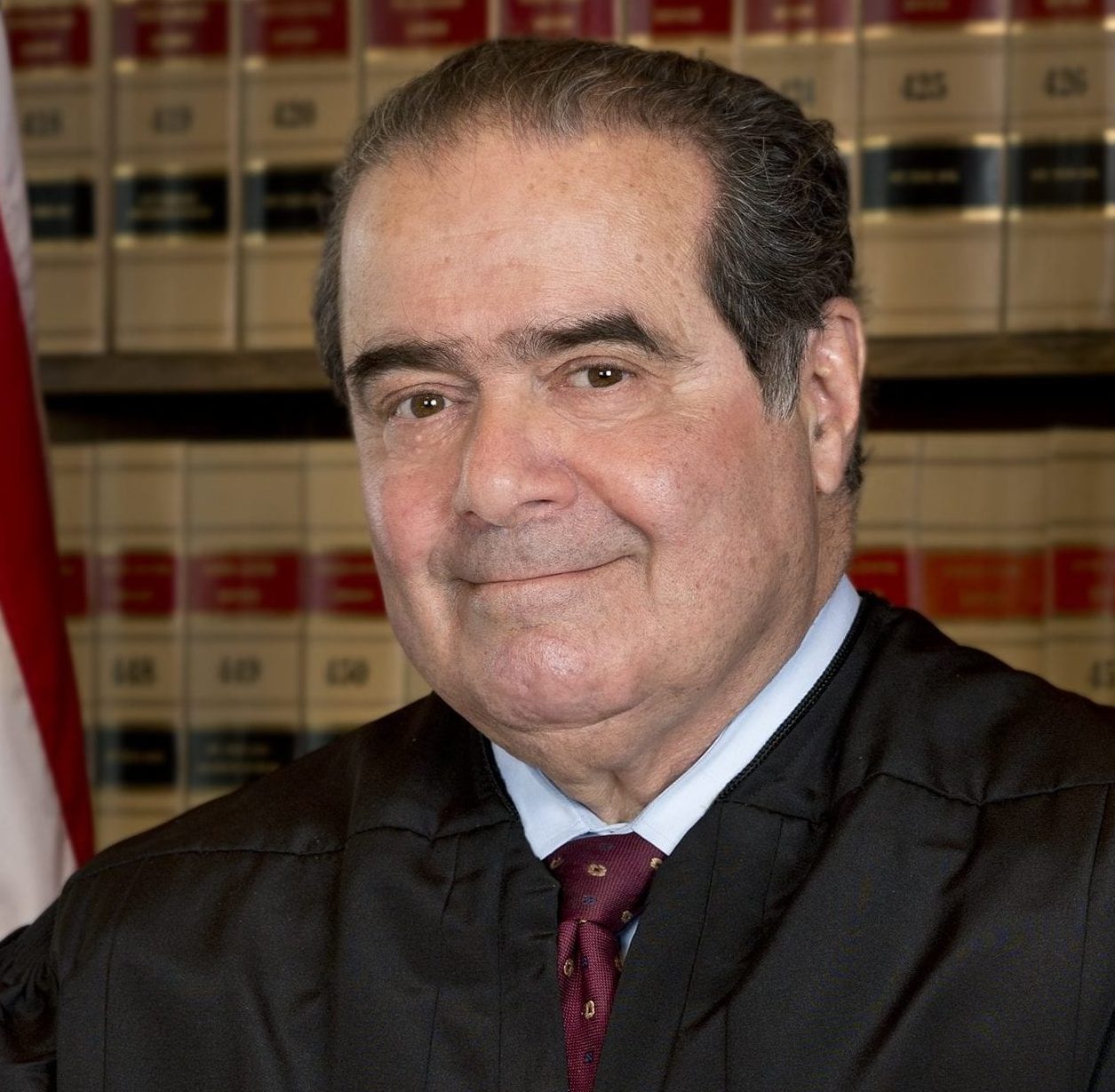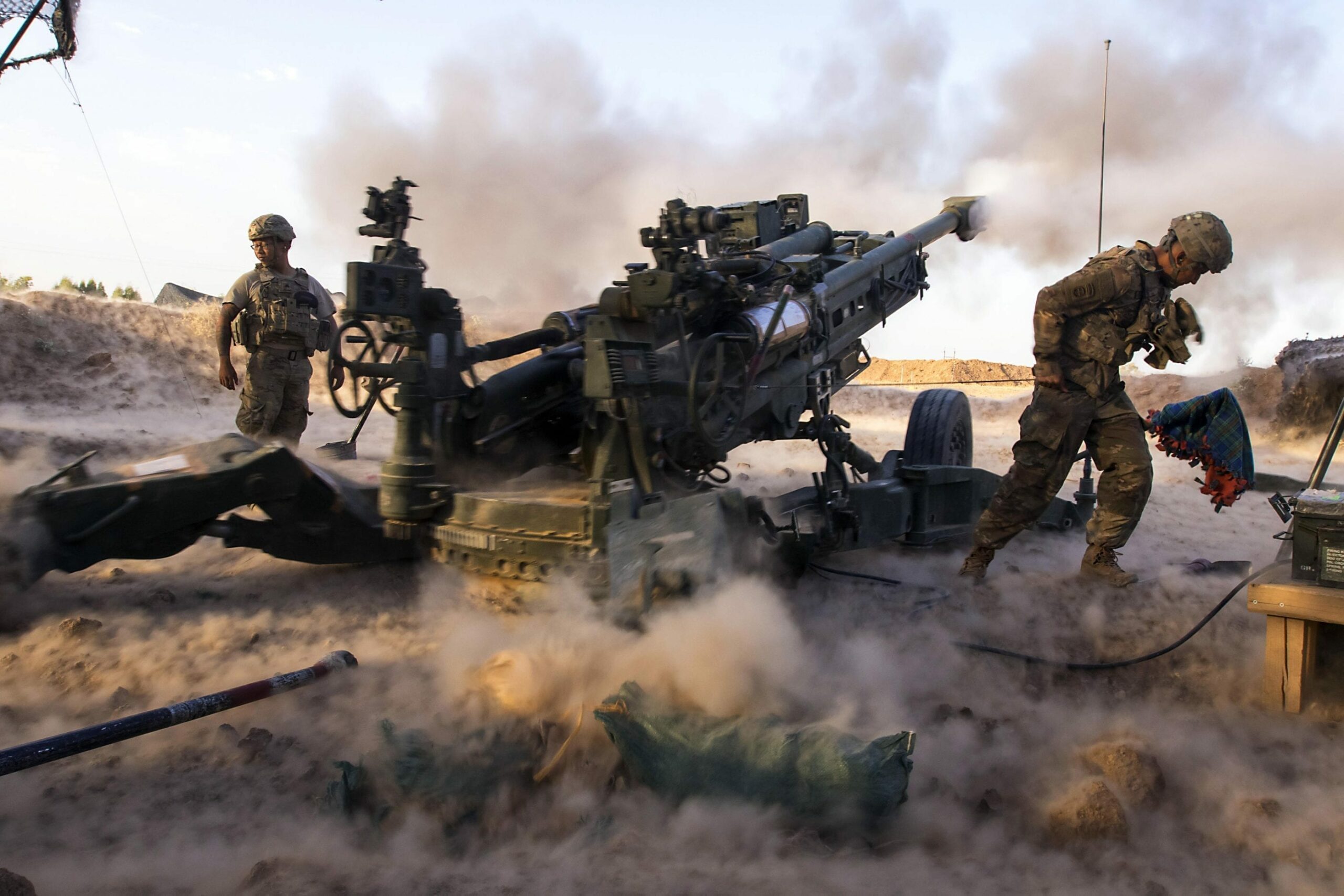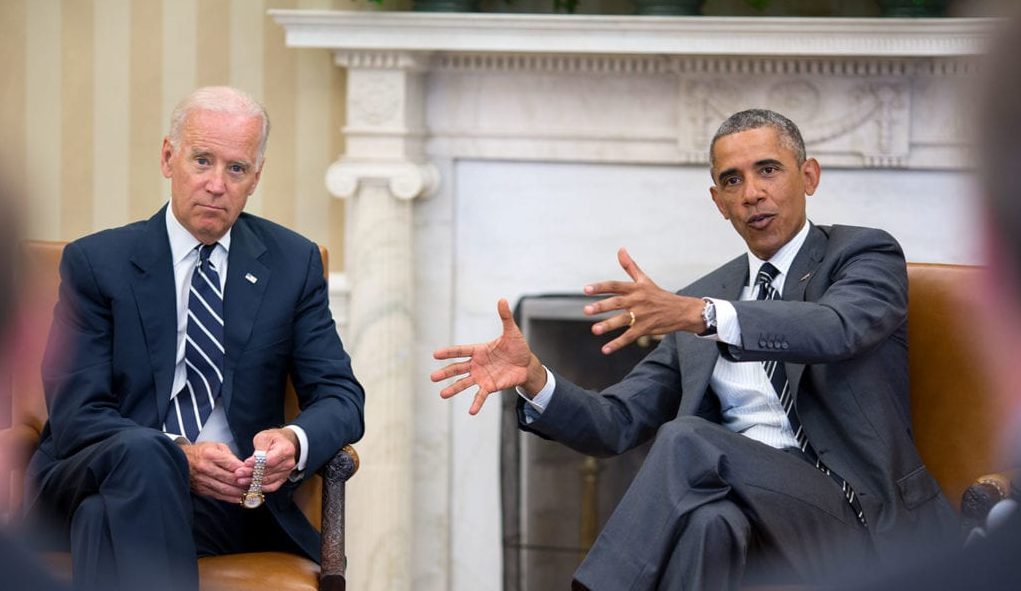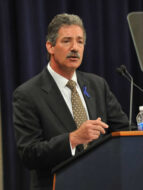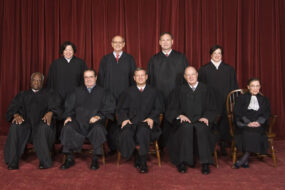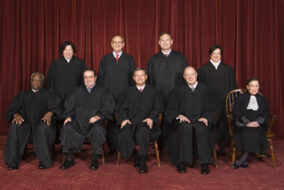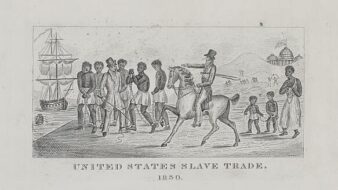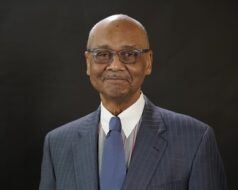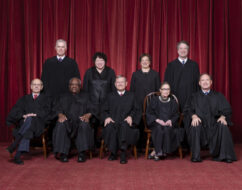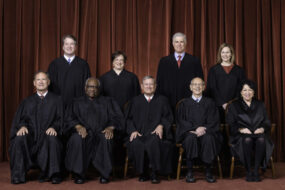Introduction
Most Americans who know anything about Native American history believe the last massacre of Indians occurred at Wounded Knee. In fact, it occurred not in 1890 in South Dakota but on February 26, 1911, near Winnemucca, Nevada.
The Shoshone were sent to the Fort Hall Reservation in Idaho in 1890. Twenty years later, a Shoshone named Mike Daggett left the reservation with his family. They traveled between California and Nevada, living off the land and working various jobs. During the winter of 1911, with their food running low, they stole and slaughtered cattle belonging to a local rancher. Four men tracked the Indians, who ambushed and killed them. A larger posse pursued Daggett and his band and confronted them in Nevada. When the resulting gun battle ended, Daggett and seven others, including two women and two children, were dead. Whites called Daggett simply Shoshone Mike, and the incident became known as the Shoshone Mike Massacre.
Four young children survived the gunfight and were captured. By 1913, three of them were dead. The last survivor was a girl who had been eighteen months old at the time of the massacre. Adopted by a white family, she was renamed Mary Jo Estep.
In 1988, at age seventy-eight, Estep returned to the site of the massacre, as described in the newspaper article below. She died in 1992 after having been mistakenly given the wrong medication at an eldercare facility.
—Jace Weaver
Yakima, Wash. The last survivor of what many historians regard as the last massacre of Indians in U.S. history thinks returning to the site after more than seven decades may finally bring the scope of the tragedy home to her.
“It would be strange because I feel like I stand off from all of it,” said Mary Jo Estep, who was an 18-month-old child when she was taken from her dead mother’s back after the ambush in Nevada in 1911. “It’s in the distance, you know.”
Though she is making plans for the visit with friends, she lived most of her 78 or so years with only an outline of her past. Many details were finally supplied a few years ago by the author of a book about her grandfather, an Indian named Shoshone Mike who refused to live on a reservation.
Caught in Ambush
The ambush, by a white posse, left Mike and seven other Indians dead in the snow near Winnemucca, Nev., on Feb. 26, 1911, 21 years after the last major Indian massacre, at Wounded Knee, SD. According to researchers, Shoshone Mike refused to settle on the Ft. Hall Indian Reservation in Idaho and instead roamed the mountains near Twin Falls with his sons, daughters, and grandchildren.
The Indians lived off the land and worked for farmers, living in peace. But in 1910, one of Mike’s sons was killed by a white horse thief, and the family retaliated by slaying the killer. Not trusting white justice, Shoshone Mike took his family and fled into Nevada.
The 12 Indians survived a brutal winter by stealing cattle for food. When four ranchers discovered the loss, the Indians killed them and took their horses.
Pursued for 300 Miles
Posses from Nevada and California pursued the Indians for 300 miles until Feb. 26, when they caught the ragged band sleeping and slaughtered four men, two women, and two boys during a brief battle. One posse member was killed.
The four surviving children were put in the Reno jail because there was no place else to put them.
In his 1973 book about Shoshone Mike, titled The Last Free Man, author Dayton Hyde noted the four surviving children, but he was unable to find out what happened to them.
A friend of Estep contacted Hyde after reading his book, and Hyde traveled to her home in Yakima.
There is still much Estep does not know about the time before she was lifted from that blood-soaked cradle board after falling face-down in the snow. The identity of her father is unclear, as is her age and whether she was born a Shoshone or a Bannock Indian.
Still, she said: “They know my mother was one of Shoshone Mike’s daughters. Her name was Snake.”
Novelist Writes of Event
The massacre in Nevada appears to have been the last of its kind in the United States, said Frank Bergon, a professor of Native American cultures at Vassar College in Poughkeepsie, N.Y., whose novel, Shoshone Mike, was recently published by Viking. Hyde agrees.
Many massacres of whites and Indians occurred in the 19th century. “What makes this significant is it occurred in 1911, when there were automobiles, airplanes, and movies,” Bergon said. “The fact that it did occur in the 20th century makes the whole thing surreal.”
After the massacre, the federal government ordered Evan Estep, then the superintendent of the Ft. Hall Indian Reservation, to pick up the children.
Mary Estep’s memories begin with the train trip north in November 1911.
“I remember when we went to the dining car, I wouldn’t eat the food,” she said. The exception was raisins in the raisin bread, which tided her over. They may have reminded her of food her family ate, but she isn’t sure.
The other three children died of illnesses within a year. The toddler survived tuberculosis and was adopted by Evan Estep and his wife, Rita, who were childless. They guessed she was about 18 months old when she was found.
Moved to Other Reservations
She moved with the family to reservations in Montana and New Mexico, finally settling at Toppenish on the Yakima Indian Reservation in 1924.
Although her adoptive parents told her about the massacre, she never asked for details and they never talked much about Shoshone Mike, she said. She was treated as a white person and noted: “Most of my friends are non-Indians.”
The family moved to Yakima in 1930, after Evan Estep retired. Mary Estep graduated from Central Washington University with a music degree and spent 40 years teaching school before retiring in 1974. She never married.
Her only tangible link with her Indian past is a single black-and-white photograph of the four surviving children taken in front of the Reno jail.
It shows the children she had thought were siblings until Hyde identified them: an aunt, Hattie, age about 4; an uncle, Cleveland, about 7, and another aunt, Heney, who appears to be about 18.
And, of course, the haunting photo shows herself, wearing a white hat and crying.


